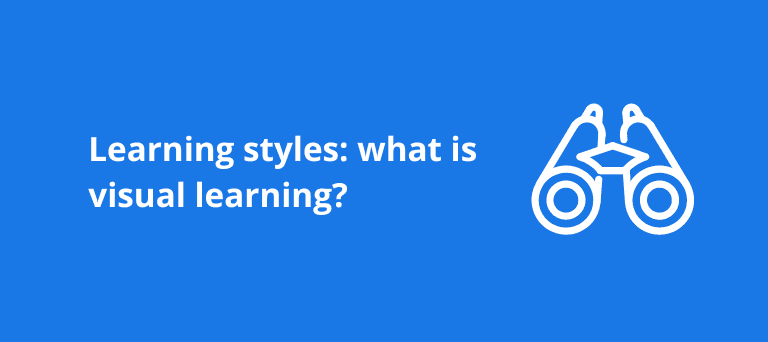Victoria Ougham, Primary School Teacher
5 Jul 2023
5
min read

Students all learn at a different pace and in different ways. Varying learning styles – or 'multiple intelligences' – give teachers the tools to organise and teach in a range of engaging ways.
Visual learning is applied to help students learn by seeing, helping pupils retain information about an idea, concept or model. But how can you practice this in your next teaching role?
What does this look like in the classroom?
There are a wide range of visual techniques that can be used in classrooms to support children.
With primary age students, an effective way to encourage visual learning is by incorporating drawing and colour-coding into your lesson plans. This can help students to solidify their understanding of a concept being spoken or described to them, and will give them a visual frame of reference to remember later.
The use of illustrations in books are obvious and common examples of visual learning, but some small extras that could help aid learning include:
Visual timetables
Infographics
Mindmaps
Spider diagrams
Particularly for students in exam years, it's worth encouraging use of different coloured pens and highlighters when they are writing. Highlighting snippets of information will draw their attention when reading it again, further solidifying that knowledge into the working memory.
The benefits of visual learning
There are a range of benefits to visual learning. Our brains can process videos and images around 60,000 times faster than written or text-based stimuli which is why illustrations, visuals and graphics should be a fundamental part of our classroom practice. Visual learning also develops cognitive function and stimulates emotion.
Graphics and illustrations are a great way to capture attention quickly. What better way to introduce a new topic or lesson that with an engaging visual stimulus to spark curiosity and discussion amongst your students?
Other learning styles
It's essential to ensure you build in a varying amount of learning styles to your lesson plans – such as kinaesthetic learning – in order to cater for all needs and abilities.



